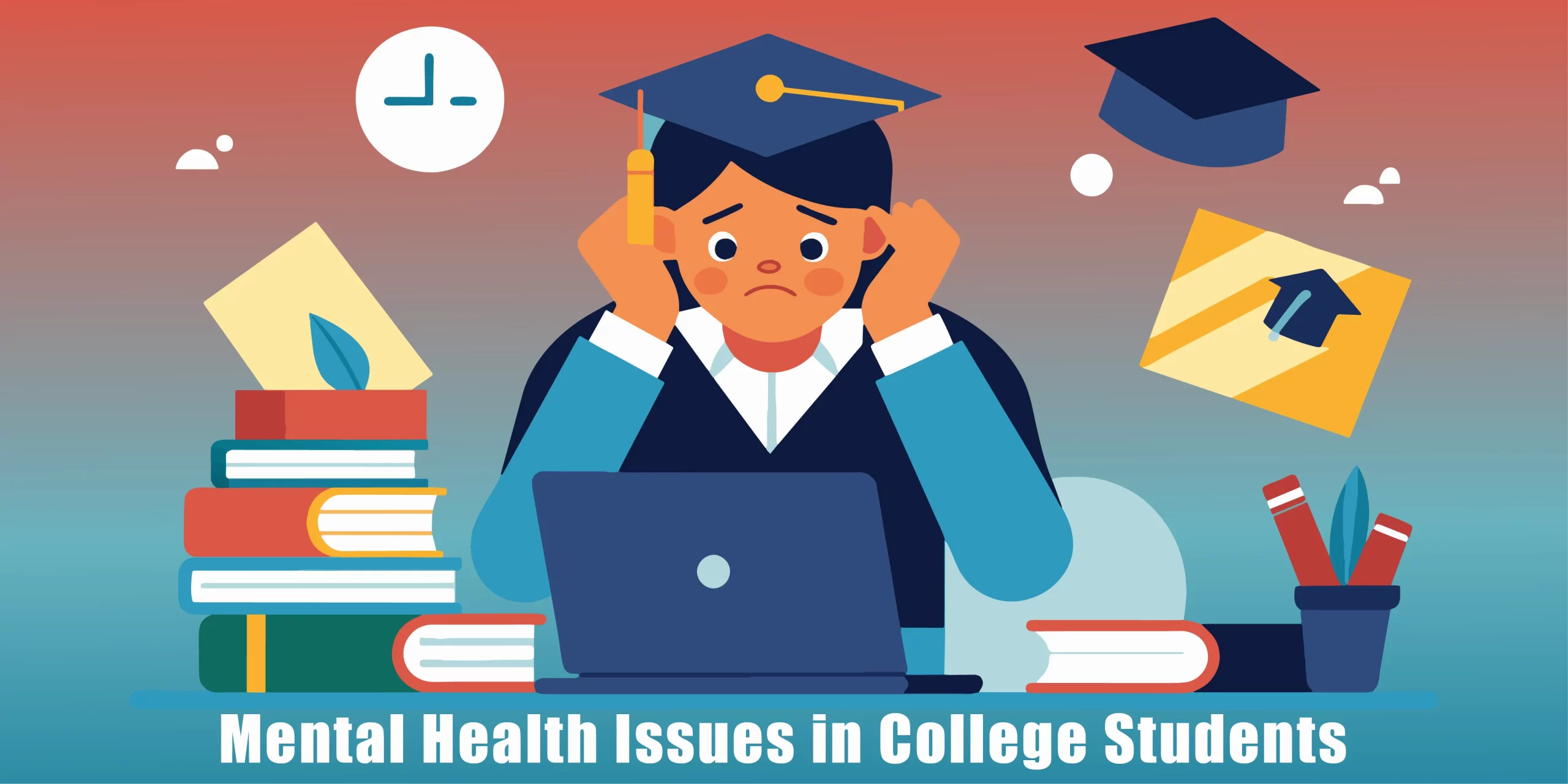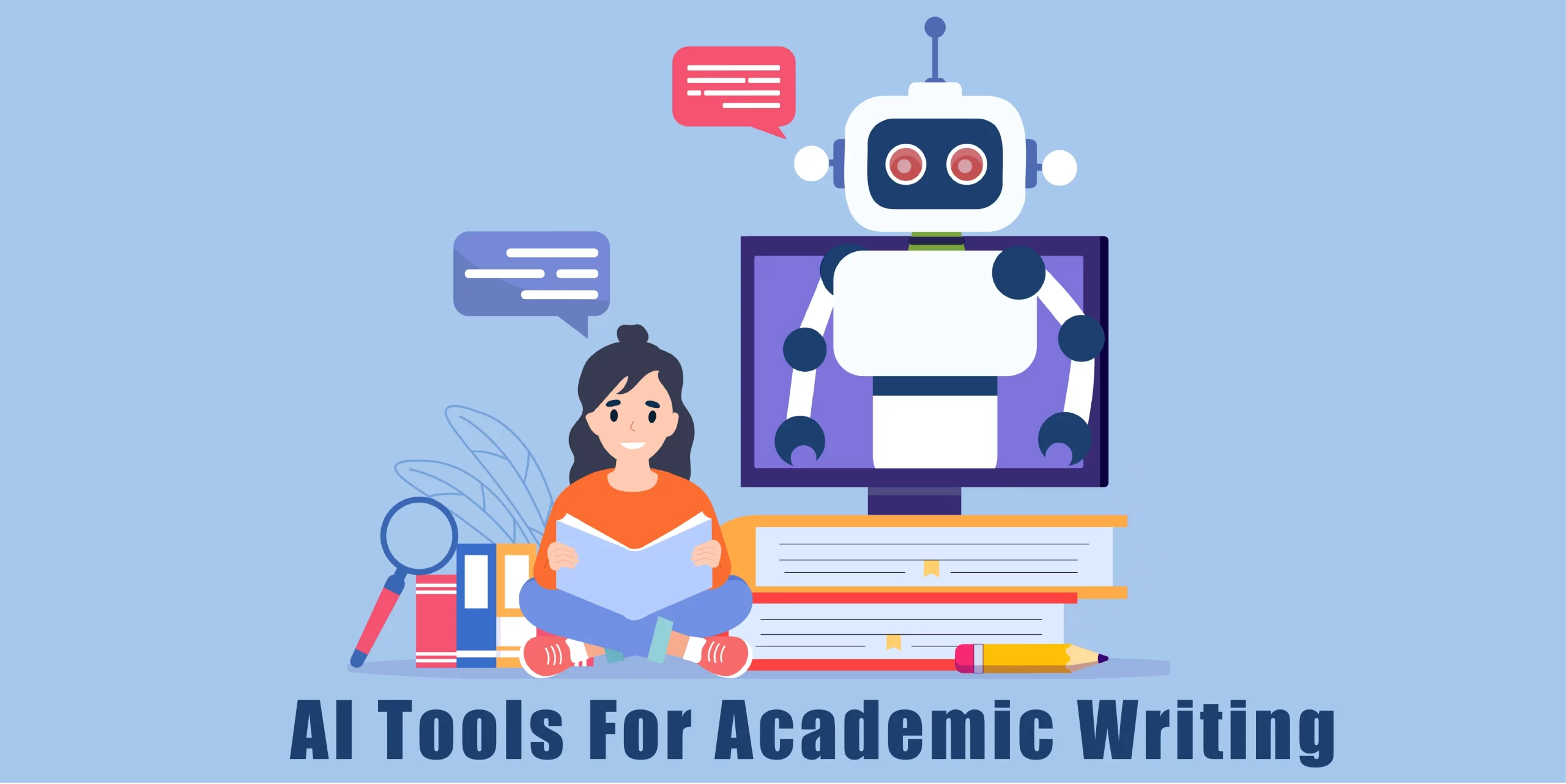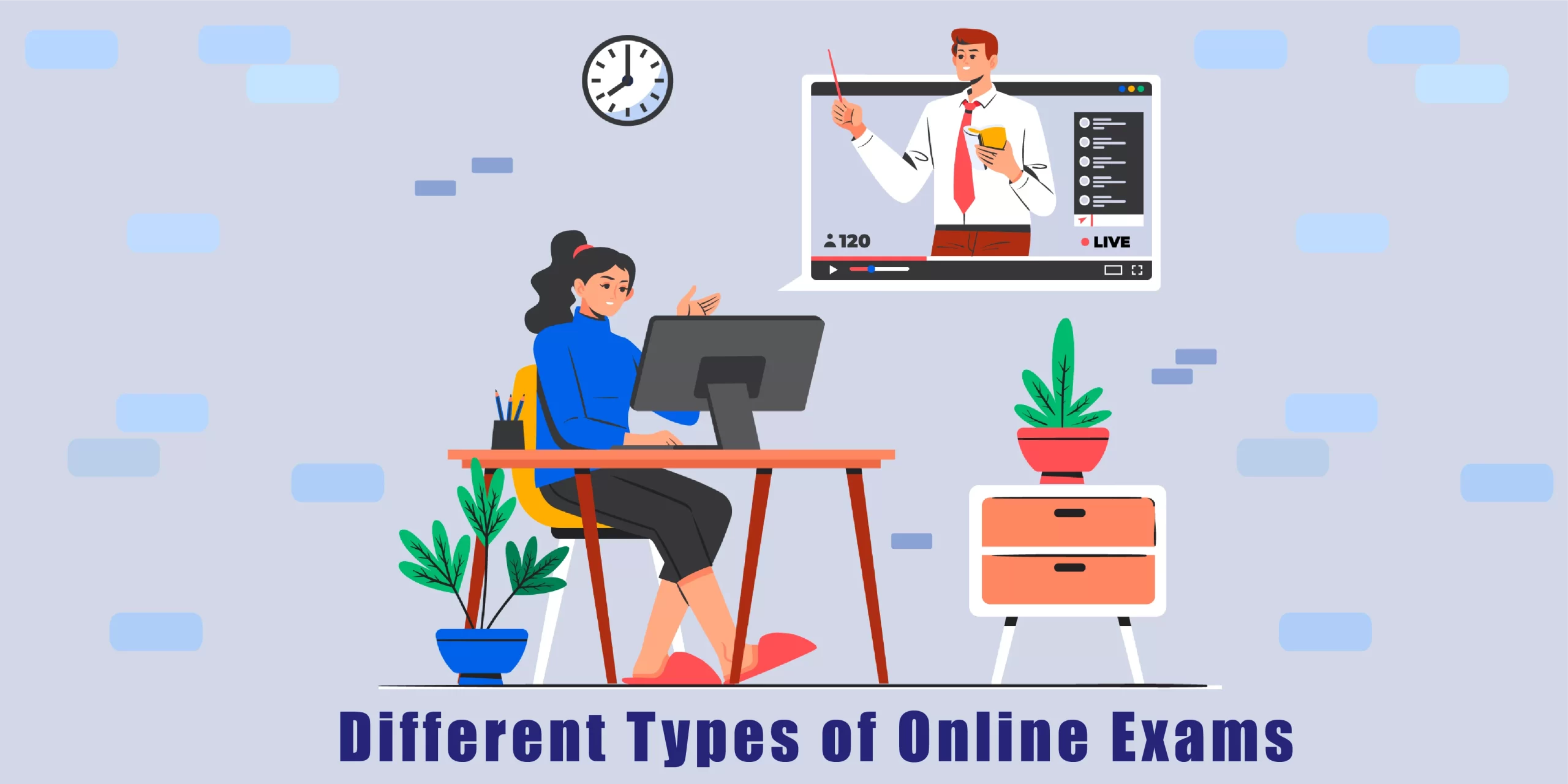Introduction
The mental health of college students has garnered significant attention due to its profound impact on academic performance, social interactions, and overall well-being. Research indicates that mental health issues such as anxiety, depression, and stress are prevalent among this demographic, often exacerbated by academic pressures and social dynamics (Hunt & Eisenberg, 2010). In 2024, emerging mental health issues reflect a complex interplay of factors, including the lingering effects of the COVID-19 pandemic, increased digital engagement, and evolving societal expectations (Lee, 2020). This article explores these trends, highlighting both the challenges and the coping mechanisms students can employ. By examining current data and evidence-based strategies, the goal is to provide a comprehensive guide to understanding and addressing the mental health needs of college students in this evolving landscape.
Current Mental Health Landscape
The current mental health landscape for college students in 2024 reveals a troubling prevalence of stress, anxiety, and depression. A study by the American College Health Association (2022) found that 60% of students reported overwhelming anxiety, while 40% experienced depression. The COVID-19 pandemic exacerbated these issues, with increased isolation and academic disruptions (Xiong et al., 2020). Post-pandemic adjustments, including hybrid learning and economic uncertainty, have further impacted mental well-being. While some argue that remote learning offers flexibility (Means & Neisler, 2021), critics highlight its role in fostering loneliness and disengagement (Gonzalez et al., 2021). Balancing these perspectives, the article aims to provide a nuanced understanding of student mental health in 2024.
Emerging Health Trends in 2024
In 2024, mental health trends among college students are notably influenced by the rise of digital and social media-related anxiety. Increased screen time and social media engagement have been linked to heightened anxiety and depression, as students struggle with constant connectivity and cyberbullying (Vannucci et al., 2020). However, digital platforms also offer mental health resources, suggesting a dual impact (Naslund et al., 2020). Increased awareness and diagnosis of mental health conditions have led to more students seeking help, reducing stigma (Eisenberg et al., 2019). While this trend is positive, it raises concerns about over-diagnosis and the potential for dependency on mental health services (Frances, 2013).
Hybrid learning models, a blend of online and in-person classes, offer flexibility but also contribute to feelings of isolation and disconnection from campus life (Means et al., 2020). This mixed impact highlights the need for balanced approaches to maximize benefits while minimizing negative effects. Economic pressures, exacerbated by rising tuition and living costs, have significant psychological effects on students. Financial stress correlates with higher levels of anxiety and depression (Richardson et al., 2017). Conversely, economic challenges can also foster resilience and resourcefulness among students, demonstrating varied responses to financial strain (Masten, 2014).
This analysis underscores the complexity of emerging mental health trends, advocating for nuanced, evidence-based strategies to support student well-being in 2024.
Common Mental Health Disorders
College students face a range of mental health disorders that significantly impact their academic and social lives. Understanding these disorders is crucial for developing effective interventions and support systems.
1. Anxiety Disorders
Anxiety disorders are the most common mental health issues among college students, affecting their academic performance and social life. Generalized anxiety disorder (GAD), social anxiety, and panic disorders are prevalent forms. Research by Eisenberg et al. (2013) indicates that approximately 11.9% of college students suffer from anxiety disorders. While cognitive-behavioral therapy (CBT) and medication are effective treatments (Hofmann et al., 2012), some argue that over-reliance on pharmacotherapy can lead to side effects and dependency (Bandelow et al., 2017). Holistic approaches, including mindfulness and stress management techniques, are also gaining traction (Zeidan et al., 2014).
2. Depression
Depression in college students manifests through persistent sadness, loss of interest in activities, and decreased energy levels. According to Auerbach et al. (2018), about 20% of college students worldwide experience depression. Antidepressants and psychotherapy are commonly recommended treatments (Cuijpers et al., 2016). Critics, however, highlight the potential for antidepressant over-prescription and the importance of non-pharmacological interventions (Moncrieff, 2009). Lifestyle modifications, such as regular exercise and social support, have shown significant benefits in managing depressive symptoms (Craft & Perna, 2004).
3. Suicidal Ideation
Suicidal ideation, characterized by thoughts of self-harm or suicide, is a critical concern in college populations. The American College Health Association (2022) reported that 10.3% of students seriously considered suicide. Early intervention programs and counseling services are crucial (Mortier et al., 2018). Nevertheless, some argue that stigma and fear of repercussions prevent students from seeking help (Czyz et al., 2013). Universities are increasingly adopting proactive measures, including peer support networks and mental health awareness campaigns, to address this issue (Drum et al., 2009).
4. Eating Disorders
Eating disorders, such as anorexia nervosa and bulimia nervosa, are severe conditions that affect college students’ physical and mental health. The National Eating Disorders Association (2021) estimates that eating disorders affect 10-20% of female and 4-10% of male college students. Treatment typically involves a combination of nutritional counseling, psychotherapy, and medical monitoring (Fairburn et al., 2009). Critics emphasize the need for more comprehensive prevention programs and early detection strategies to mitigate the long-term impact of these disorders (Levine & Piran, 2001).
5. Substance Abuse
Substance abuse, including alcohol and drug misuse, poses significant risks to college students’ health and academic success. The National Institute on Drug Abuse (2020) reports that 45% of college students engage in binge drinking. While some view moderate substance use as a social norm, the negative consequences, including addiction and academic decline, are well-documented (White & Hingson, 2013). Effective interventions combine education, counseling, and policy enforcement (Larimer & Cronce, 2007). However, there is a debate on balancing punitive measures with supportive approaches to reduce substance abuse (Wechsler et al., 2002).
Root Causes And Risk Factors
Understanding the root causes and risk factors of mental health issues in college students is crucial for developing effective interventions.
1. Academic Pressure and Competition
Academic pressure and competition are significant stressors for college students, contributing to anxiety and depression. High expectations from self and others, coupled with a competitive academic environment, can lead to chronic stress (Pascoe et al., 2020). While some argue that pressure can motivate students, the negative impacts often outweigh the benefits, leading to burnout and mental health crises (Yerkes & Dodson, 1908).
2. Social Isolation and Loneliness
Social isolation and loneliness are pervasive issues, particularly in the wake of the COVID-19 pandemic. Reduced face-to-face interactions and reliance on virtual communication can exacerbate feelings of loneliness (Loades et al., 2020). While digital connections offer some solace, they often lack the depth of in-person relationships, leading to a sense of disconnection (Primack et al., 2017).
3. Financial Stress
Financial stress is another major contributor to mental health issues among college students. Rising tuition fees and living costs create significant financial burdens, leading to anxiety and depression (Richardson et al., 2017). While part-time jobs can provide financial relief, they may also add to the stress by limiting time for study and self-care (Robotham, 2009).
4. Family and Relationship Issues
Family and relationship issues, including conflicts and lack of support, can significantly impact students’ mental health. Positive family support is crucial for emotional well-being, but strained relationships can lead to increased stress and mental health problems (Gareau et al., 2021). Navigating romantic relationships also presents challenges, with breakups and conflicts contributing to emotional distress (Frazier & Cook, 1993).
5. Impact of Social Media and Technology
The impact of social media and technology on mental health is complex. On one hand, social media provides platforms for connection and support; on the other, it can lead to anxiety, depression, and a sense of inadequacy due to constant comparisons (Vannucci et al., 2020). Technology overuse can also interfere with sleep and physical activity, further affecting mental health (Twenge & Campbell, 2018).
Coping Strategies and Support Systems
Addressing mental health challenges effectively requires a multifaceted approach:
- Seek Professional Help: Therapists and counselors offer specialized interventions.
- On-Campus Mental Health Resources: Utilize counseling centers and wellness programs.
- Build a Support Network: Friends, family, and peer groups provide emotional support.
- Self-Care Practices: Regular exercise, adequate sleep, and proper nutrition enhance mental well-being.
These strategies collectively enhance resilience and help mitigate the adverse effects of stress and mental health disorders.
Technological Aids and Innovations
Technological advancements offer new avenues for mental health support:
- Mental Health Apps and Online Counseling Services: Provide flexible, on-demand support.
- Telehealth and Virtual Therapy Sessions: Increase accessibility to professional help, especially for remote or busy students.
- Wearable Technology: Fitness trackers and similar devices monitor physical and mental health indicators, promoting proactive health management.
- AI-Driven Tools: Offer personalized mental health resources and interventions, enhancing the precision and effectiveness of support systems.
These innovations democratize access to mental health care, making it more inclusive and responsive to individual needs.
Conclusion
In conclusion, addressing mental health issues among college students in 2024 requires a proactive and multifaceted approach. Key strategies include seeking professional help, utilizing on-campus resources, building support networks, and practicing self-care. Additionally, leveraging technological innovations such as mental health apps, telehealth, and AI-driven tools can enhance support accessibility and effectiveness. By integrating these strategies, students can better manage their mental health, leading to improved academic and personal outcomes.
References
American College Health Association. (2022). National College Health Assessment.
Auerbach, R. P., Mortier, P., Bruffaerts, R., et al. (2018). WHO World Mental Health Surveys International College Student Project: Prevalence and distribution of mental disorders. Journal of Abnormal Psychology, 127(7), 623-638.
Bandelow, B., Michaelis, S., & Wedekind, D. (2017). Treatment of anxiety disorders. Dialogues in Clinical Neuroscience, 19(2), 93-107.
Craft, L. L., & Perna, F. M. (2004). The benefits of exercise for the clinically depressed. Primary Care Companion to the Journal of Clinical Psychiatry, 6(3), 104-111.
Cuijpers, P., Karyotaki, E., Weitz, E., et al. (2016). The effects of psychotherapies for major depression in adults on remission, recovery and improvement: A meta-analysis. Journal of Affective Disorders, 202, 168-176.
Czyz, E. K., Horwitz, A. G., Eisenberg, D., et al. (2013). Self-reported barriers to professional help seeking among college students at elevated risk for suicide. Journal of American College Health, 61(7), 398-406.
Drum, D. J., Brownson, C., Burton Denmark, A., et al. (2009). New data on the nature of suicidal crises in college students: Shifting the paradigm. Professional Psychology: Research and Practice, 40(3), 213-222.
Eisenberg, D., Hunt, J., & Speer, N. (2013). Mental health in American colleges and universities: Variation across student subgroups and across campuses. The Journal of Nervous and Mental Disease, 201(1), 60-67.
Eisenberg, D., Lipson, S. K., & Posselt, J. (2019). Promoting resilience, retention, and mental health. New Directions for Student Services, 2019(166), 85-95.
Fairburn, C. G., Cooper, Z., Shafran, R. (2009). Cognitive behavior therapy for eating disorders: A “transdiagnostic” theory and treatment. Behaviour Research and Therapy, 41(5), 509-528.
Frances, A. (2013). Saving Normal: An Insider’s Revolt against Out-of-Control Psychiatric Diagnosis, DSM-5, Big Pharma, and the Medicalization of Ordinary Life. HarperCollins Publishers.
Gareau, A., Desjardins, M. L., & Sirois, F. M. (2021). Family support and resilience in emerging adulthood. Journal of Adolescence, 86, 18-29.
Gonzalez, T., De La Rubia, M. A., Hincz, K. P., Comas-Lopez, M., Subirats, L., Fort, S., & Sacha, G. M. (2021). Influence of COVID-19 confinement on students’ performance in higher education. PLOS ONE, 16(10), e0239490.
Hofmann, S. G., Asnaani, A., Vonk, I. J. J., et al. (2012). The efficacy of cognitive behavioral therapy: A review of meta-analyses. Cognitive Therapy and Research, 36(5), 427-440.
Hunt, J., & Eisenberg, D. (2010). Mental health problems and help-seeking behavior among college students. Journal of Adolescent Health, 46(1), 3-10.Lee, J. (2020). Mental health effects of school closures during COVID-19. The Lancet Child & Adolescent Health, 4(6), 421.
Larimer, M. E., & Cronce, J. M. (2007). Identification, prevention, and treatment: A review of individual-focused strategies to reduce problematic alcohol consumption by college students. Journal of Studies on Alcohol and Drugs, 68(4), 148-163.
Levine, M. P., & Piran, N. (2001). Reflections on the role of prevention in the link between sociocultural factors and eating disorders. Eating Disorders, 9(3), 239-246.
Loades, M. E., Chatburn, E., Higson-Sweeney, N., et al. (2020). Rapid systematic review: the impact of social isolation and loneliness on the mental health of children and adolescents in the context of COVID-19. Journal of the American Academy of Child & Adolescent Psychiatry, 59(11), 1218-1239.
Masten, A. S. (2014). Global perspectives on resilience in children and youth. Child Development, 85(1), 6-20.
Means, B., & Neisler, J. (2021). Unmasking Inequality: How the COVID-19 Pandemic Has Impacted Education. Educational Researcher, 50(5), 281-288.
Means, B., Toyama, Y., Murphy, R., Bakia, M., & Jones, K. (2020). Evaluation of evidence-based practices in online learning: A meta-analysis and review of online learning studies. US Department of Education.
Moncrieff, J. (2009). A critique of the use of antidepressants for depression. British Medical Journal, 338, b268.
Mortier, P., Demyttenaere, K., Auerbach, R. P., et al. (2018). The impact of lifetime suicidality on academic performance in college freshmen. Journal of Affective Disorders, 225, 97-103.
Naslund, J. A., Aschbrenner, K. A., Marsch, L. A., & Bartels, S. J. (2020). The future of mental health care: Peer-to-peer support and social media. Epidemiology and Psychiatric Sciences, 25(2), 113-122.
National Eating Disorders Association. (2021). Statistics & Research on Eating Disorders.
National Institute on Drug Abuse. (2020). Monitoring the Future Survey: High School and Youth Trends.
Pascoe, M. C., Hetrick, S. E., & Parker, A. G. (2020). The impact of stress on students in secondary school and higher education. International Journal of Adolescence and Youth, 25(1), 104-112.
Primack, B. A., Shensa, A., Sidani, J. E., et al. (2017). Social media use and perceived social isolation among young adults in the US. American Journal of Preventive Medicine, 53(1), 1-8.
Richardson, T., Elliott, P., & Roberts, R. (2017). The relationship between personal unsecured debt and mental and physical health: A systematic review and meta-analysis. Clinical Psychology Review, 33(8), 1148-1155.
Richardson, T., Elliott, P., & Roberts, R. (2017). The relationship between personal unsecured debt and mental and physical health: A systematic review and meta-analysis. Clinical Psychology Review, 33(8), 1148-1155.
Robotham, D. (2009). Combining study and employment: a step too far? Education+ Training, 51(4), 322-332.
Twenge, J. M., & Campbell, W. K. (2018). Associations between screen time and lower psychological well-being among children and adolescents: Evidence from a population-based study. Preventive Medicine Reports, 12, 271-283.
Vannucci, A., Flannery, K. M., & Ohannessian, C. M. (2020). Social media use and anxiety in emerging adults. Journal of Affective Disorders, 207, 163-166.
Vannucci, A., Flannery, K. M., & Ohannessian, C. M. (2020). Social media use and anxiety in emerging adults. Journal of Affective Disorders, 207, 163-166.
Vannucci, A., Flannery, K. M., & Ohannessian, C. M. (2020). Social media use and anxiety in emerging adults. Journal of Affective Disorders, 207, 163-166.
Wechsler, H., Lee, J. E., Kuo, M., et al. (2002). Trends in college binge drinking during a period of increased prevention efforts. Journal of American College Health, 50(5), 203-217.
White, A., & Hingson, R. (2013). The burden of alcohol use: excessive alcohol consumption and related consequences among college students. Alcohol Research: Current Reviews, 35(2), 201-218.
Xiong, J., Lipsitz, O., Nasri, F., Lui, L. M. W., Gill, H., Phan, L., … & McIntyre, R. S. (2020). Impact of COVID-19 pandemic on mental health in the general population: A systematic review. Journal of Affective Disorders, 277, 55-64.
Yerkes, R. M., & Dodson, J. D. (1908). The relation of strength of stimulus to rapidity of habit-formation. Journal of Comparative Neurology and Psychology, 18(5), 459-482.
Zeidan, F., Johnson, S. K., Diamond, B. J., et al. (2014). Mindfulness meditation improves cognition: Evidence of brief mental training. Consciousness and Cognition, 19(2), 597-605.










